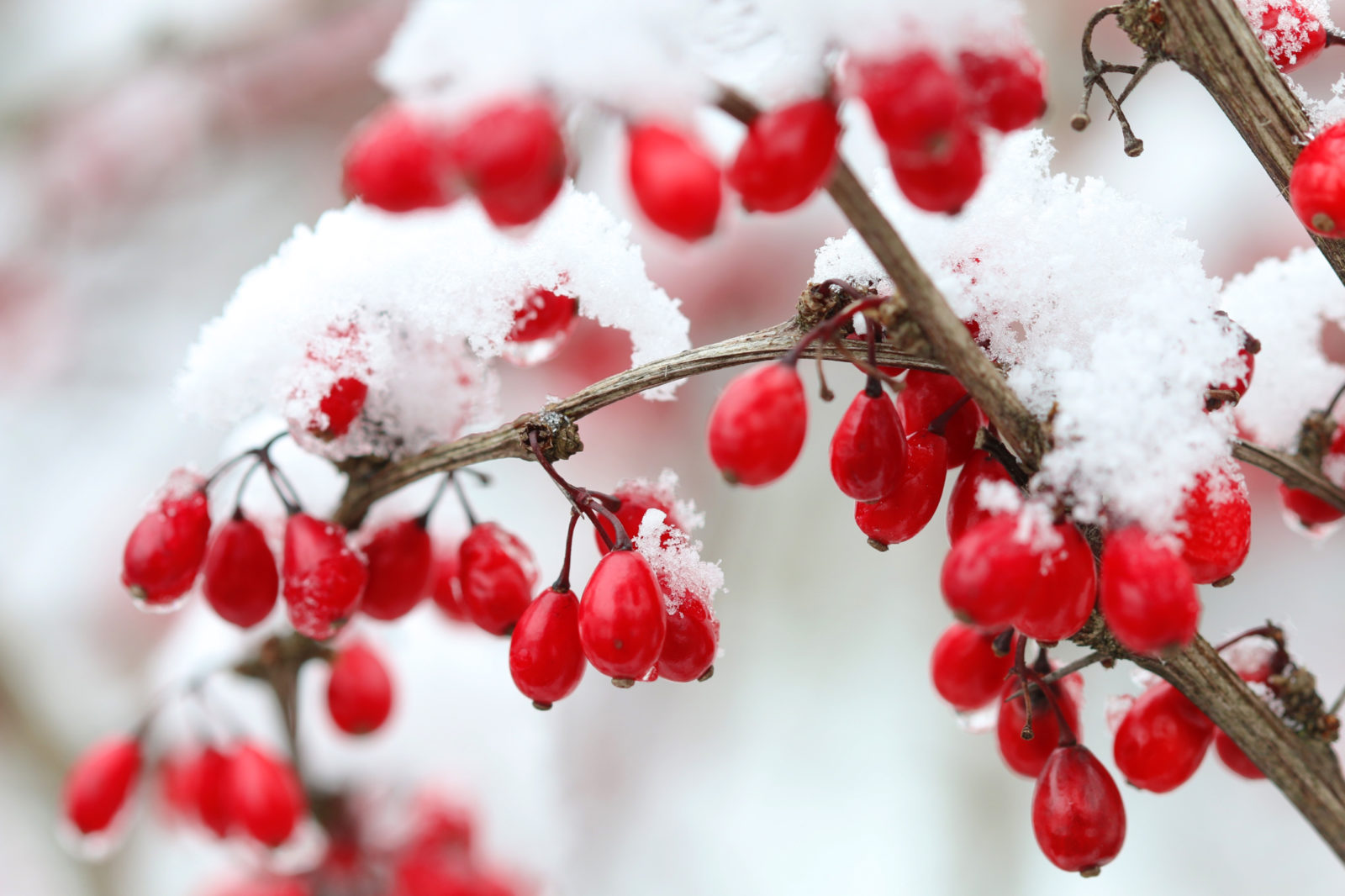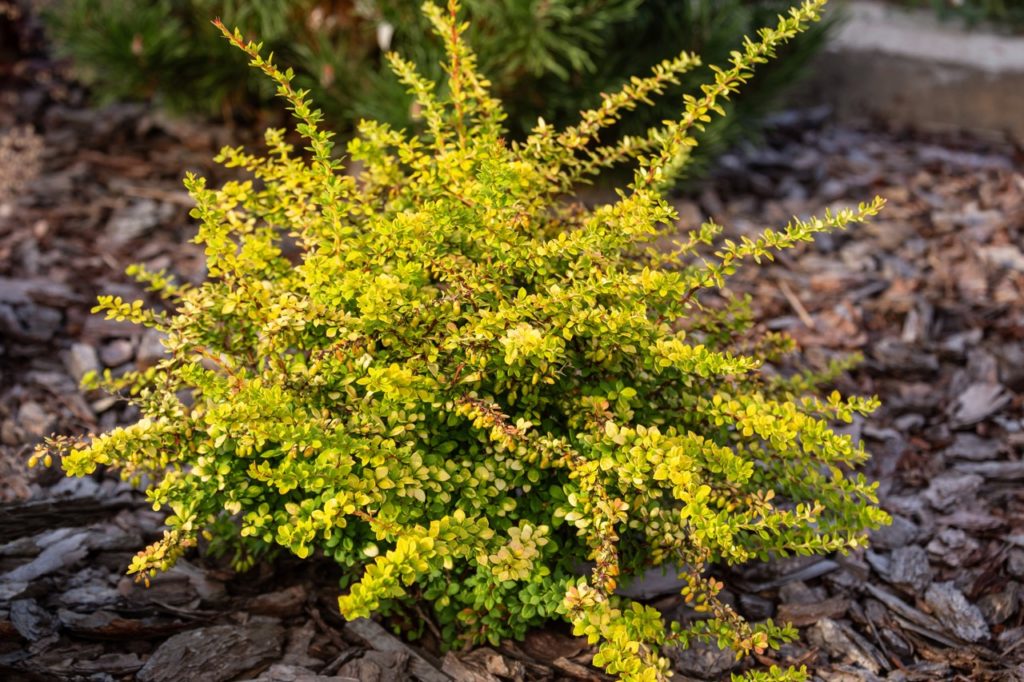Avoid Waterlogged Soils And Mulch Well To Overwinter Berberis Successfully

SHRUBS > BERBERIS > OVERWINTERING

Ed is a horticultural therapist, professional gardener and writer. Ed has a BSc in Occupational Therapy from Coventry University and a Diploma in Social and Therapeutic Horticulture (DipSTH) via Thive, the RHS and Pershore College. Ed runs a community kitchen garden in West Sussex, where he leads horticultural therapy sessions.
Reviewed By DAN ORI

Dan has over 27 years’ under his belt caring for plants and gardens. Working as a Horticultural Instructor and Consultant, he draws on a diverse range of experience that includes working as a Head Gardener, Tree Surgeon, Garden Centre Trouble Shooter, and writer of academic papers. Dan has a Level 3 Diploma in Horticulture and is currently a candidate for the RHS’s most prestigious award – The Master of Horticulture.
BERBERIS GUIDES
Overwintering
Propagation
Pruning
Varieties
Berberis, also known as barberry, is a group of evergreen and deciduous shrubs grown for ornamental purposes and attracting wildlife.
Berberis are tough and hardy shrubs and will tolerate all but the harshest winter here in the UK.
Even though berberis tends to require little maintenance, caring for berberis over the winter period in the UK requires gardeners to follow these simple steps:
- Prune deciduous and evergreen varieties of berberis over the winter months.
- Avoid letting berberis sit in waterlogged soil.
- Apply a layer of mulch for winter protection from cold.
This process is explained in more depth below.
| Difficulty | Easy |
| Equipment Required | Gloves, secateurs, spade or trowel |
1) Prune In Dormancy
Pruning of both deciduous and evergreen varieties of berberis can be performed from mid to late winter to control their size and shape.
However, when handling berberis, thick gloves and clothing are highly recommended to protect against their spines.
Once deciduous berberis have dropped their leaves and entered dormancy, they can be pruned with a sharp, clean pair of secateurs.

Minimal pruning is usually required and is limited to the removal of misplaced stems, keeping to size and thinning of older stems every 3-4 years to encourage new growth.
Evergreen varieties can be pruned in summer after flowering.
However, to preserve their berries for wildlife during the colder months, they can also be pruned in mid-winter.
If renovation pruning is required, berberis shrubs can be cut back hard in late winter, before being given feed and mulch to encourage new growth.
2) Avoid Waterlogged Soils
Berberis will grow well in most moist and well-drained soils, but will struggle if grown in very wet or waterlogged sites, especially during the winter.
To improve soil drainage, organic matter can be added at the time of planting and annually as a mulch.
3) Mulch Well
Along with not tolerating poorly drained soils, berberis do not like to be allowed to completely dry out and require watering, even when established during hot and dry spells.

Applying a thick layer of mulch in late winter will not only help improve the soil’s structure and fertility but will help conserve moisture during the warmer months and even suppress weeds.
To prove effective, a layer of organic matter, leaf mould or wood chippings 5-7cm thick needs to be applied, leaving a small area clear around the stems of the plant.
